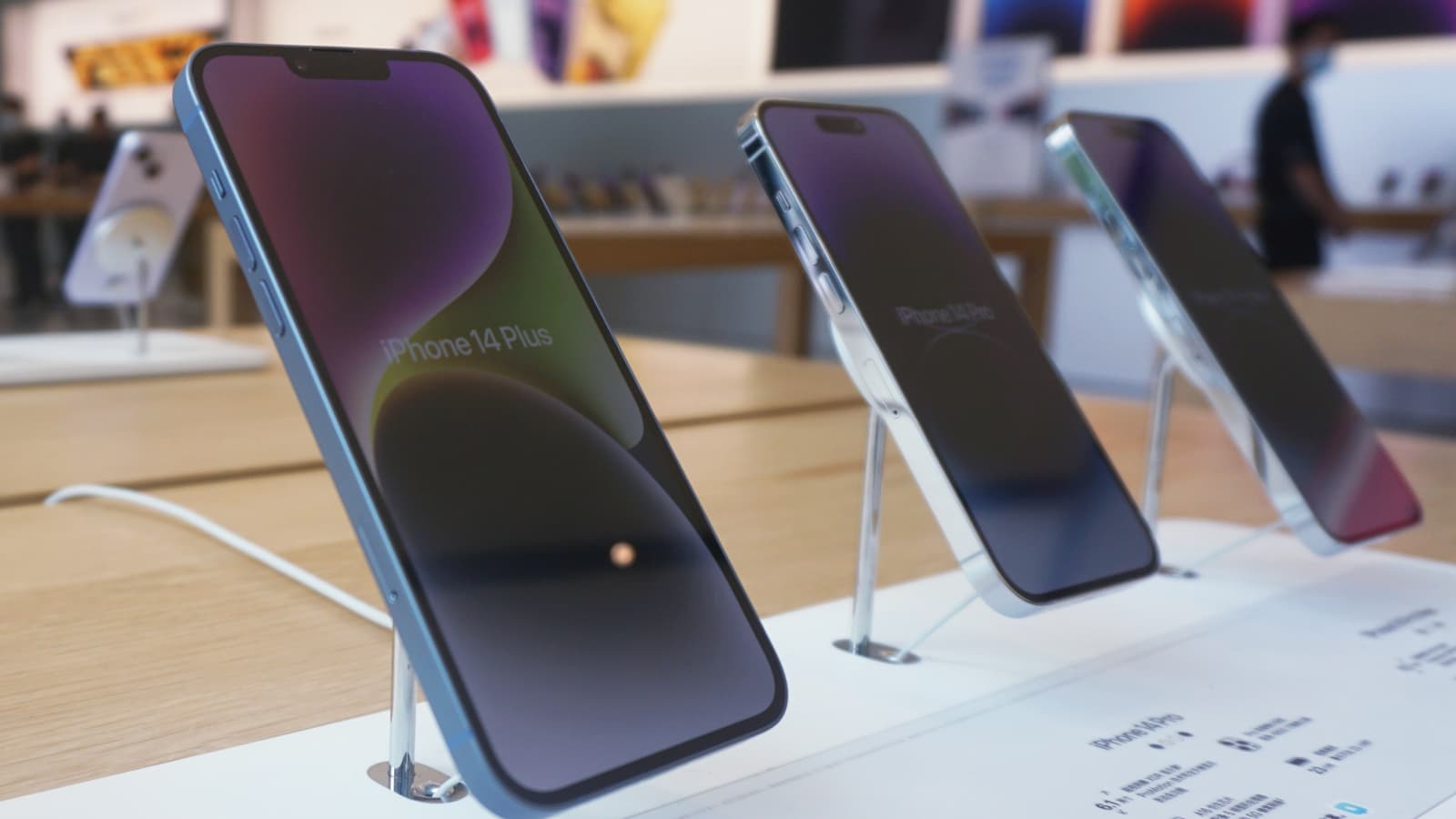Smartphone Market Shakeup: Over 500 Brands Exit Amidst Industry Evolution

Smartphone Market Shakeup: Over 500 Brands Exit Amidst Industry Evolution
In a monumental shift within the global smartphone landscape, more than 500 brands have made their exit from the market between 2017 and 2023, according to a report by Counterpoint. This seismic shift in the industry is not only a testament to the ever-evolving nature of technology but also highlights several key factors that have collectively driven these brands to exit the highly competitive smartphone arena.
While the departure of these brands might come as a surprise to some, it is essential to delve into the intricacies of the situation to understand the driving forces behind this trend.
Maturing User Base
One of the primary factors contributing to this significant exodus is the maturing user base in many parts of the world. In the early years of smartphone adoption, there was a surge in demand as consumers eagerly embraced this revolutionary technology. However, as the market matured, saturation set in. Most individuals who desired a smartphone had already acquired one, leading to slower growth rates and intensified competition among manufacturers.
Improving Device Quality
The improvement in device quality over the years has also played a crucial role in reshaping the market. In the earlier days of mobile phones, devices were often plagued with issues like poor build quality, low-performance capabilities, and unreliable software. However, as technology advanced, manufacturers started producing more durable, reliable, and feature-rich smartphones. This shift has led consumers to hold on to their devices for longer periods, reducing the need for frequent upgrades and thereby impacting sales.

Longer Replacement Cycles
With smartphones becoming more robust and capable, consumers are no longer compelled to upgrade their devices as frequently as they once were. Extended replacement cycles have become a common trend, with users holding onto their phones for several years before considering a new purchase. This shift has undoubtedly affected the sales volumes for mobile phone brands, especially those reliant on quick turnover.
Economic Headwinds
The global economy has experienced its fair share of challenges over the past few years, and these economic headwinds have further exacerbated the situation for mobile phone manufacturers. Consumers have become more budget-conscious, opting for more affordable options or delaying their smartphone purchases altogether due to financial constraints. This shift has led to increased pressure on brands to offer cost-effective alternatives, squeezing profit margins in the process.

Supply-Chain Bottlenecks
Another critical factor contributing to the exodus of mobile phone brands is the persistent issue of supply-chain bottlenecks. The COVID-19 pandemic exposed vulnerabilities within global supply chains, causing disruptions that have reverberated across various industries. For smartphone manufacturers, these disruptions translated into delays in production, increased manufacturing costs, and supply shortages. Such challenges can be particularly daunting for smaller brands with limited resources and less negotiating power with suppliers.
Notable Exits
While the list of brands exiting the phone market is extensive, some notable names have left their mark on the industry. In India, Intex and Karbonn, once household names in the budget smartphone segment, have bid farewell to the market. In the Middle East and Africa, brands like InnJoo and XTouch have similarly ceased their smartphone operations.
The Road Ahead
As the dust settles on this remarkable exodus, the phone industry faces a new era of consolidation and innovation. Established players who weathered the storm are now presented with opportunities to capture a larger market share, while newcomers will need to devise innovative strategies to thrive in this competitive landscape.
To adapt to changing consumer behaviors and market dynamics, smartphone manufacturers are focusing on diversification. Many companies are expanding their product portfolios to include wearable technology, smart home devices, and other connected products. By doing so, they aim to reduce their dependence on smartphone sales and create a more stable revenue stream.
Additionally, innovation in areas like foldable phones, improved camera technology, and 5G connectivity is expected to drive consumer interest and potentially stimulate replacement cycles once again. These innovations could breathe new life into the smartphone market and create opportunities for brands willing to invest in research and development.
In conclusion, the departure of over 500 smartphone brands between 2017 and 2023 serves as a stark reminder of the ever-evolving nature of the tech industry. Maturing user bases, higher device quality, longer replacement cycles, economic challenges, and supply-chain disruptions have collectively driven this seismic shift.
While some well-known names have exited the market, others are seizing the opportunity to redefine their strategies and cater to changing consumer needs. As the smartphone industry continues to evolve, only time will tell which brands will emerge as the frontrunners in this dynamic and highly competitive market.




